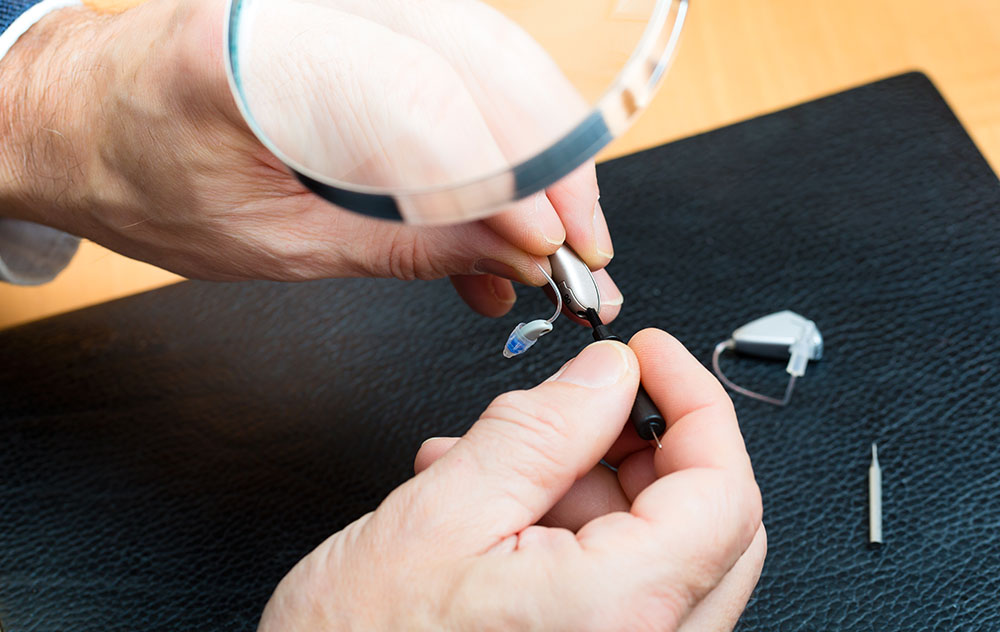
7 Common Hearing Aid Issues
Even though they cost an arm and a leg, hearing aids aren’t perfect. In fact, the tiny devices are bound to malfunction. After all, they’re tiny highly technical instruments that live inside a very hostile environment; subject to earwax, moisture and debris, they’re eventually bound to go a little haywire.
Whether you’re new to hearing aids or are a veteran wearer, it’s important to understand how your device functions, which enables you to figure out why they’re malfunctioning and if hearing aid repairs are needed. This article provides a guide to the seven most common issues related to hearing aids.
1. Issues with batteries:
Batteries don’t last forever. Checking batteries regularly can help diagnose many issues common to hearing aids. Dead or defective batteries, improper placement and more can cause issues such as low production of sound, or no sound at all.
2. Issues with earwax:
As mentioned before, the ear canal is a hostile environment, due to earwax. Earwax build-up and obstruction can gunk up hearing aids, creating a poor fit and poor sound quality. Sound quality issues related to earwax buildup include muffled or intermittent sounds.
3. Earmold issues:
If earmolds have a poor fit, hearing aids aren’t just uncomfortable; they produce poor sound, as well. It is important to have a properly fitting earmold in order to get the most out of your hearing aids. First off, if they aren’t comfortable, you will be less likely to wear them. Additionally, poor fits can create static and whistling noises, making for a displeasing experience.
4. Moisture, corrosion or dirt issues:
A wet hearing aid is nobody’s friend. As such, it is important to keep your hearing aids away from any moisture, including sweat, humidity or in the shower. Additionally, dirt can wreak havoc on a hearing aid, filling up port holes and causing poor sound quality.
5. Telephone issues:
If your hearing aid comes with accessories for a telephone, be prepared for some malfunction. Issues with telephones include poor reception. Many new users of accessories like a telecoil circuit have a difficult time learning how to use it, so user error can lead to poor sound quality and frustration.
6. Feedback issues:
Feedback is the most common issue with hearing aids. Feedback can sound like a squeal, whistle or echo. Most commonly, feedback occurs if the hearing aid volume is too loud.
7. Static and other unwanted sounds:
Like feedback, static is an unwanted sound caused by many of the aforementioned issues. Most commonly static occurs when hearing aids don’t fit well.
If you’re experiencing frequent issues with your devices, or they’re simply not working as well as they used to, contact your audiologist to have them examined. Your audiologist will be able to evaluate the issues and recommend any hearing aid repairs, if necessary.

